The story of paper
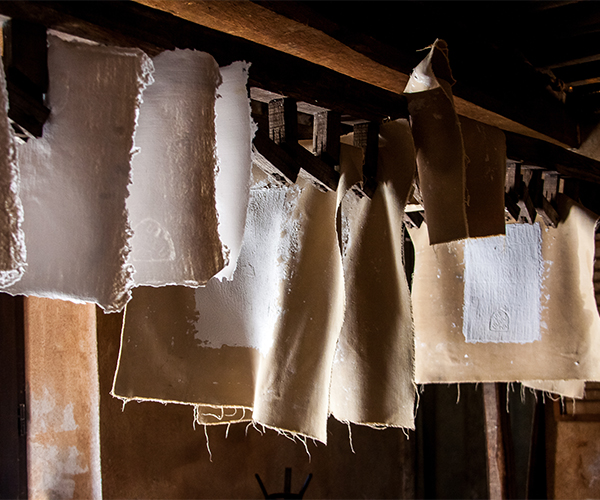
Born from the need to communicate in a simple and written way, paper was initially produced with rags. Scraps of used cloth were frayed and macerated in water to obtain a homogeneous mixture; subsequently, with the help of a sieve, the pulped fibres were left by allowing the water to drain.
The “sheet” obtained was then pressed and dried before being used. With the widespread expansion of its use, the need arose to find other materials suitable for processing: so began the use a pulp obtained from wood.
As mentioned in the fifth issue of Maaterials, the publishing project that explores the city through the materials that make it, in the Serenissima Republic of Venice paper with rags was produced as early as 1200.
Given the presence of innumerable streams and a climate suitable for ‘drying of the sheets, the territory was favourable. The industry was also favoured by the authorities who declared the paper produced by local paper mills free from tax.

Favini’s story
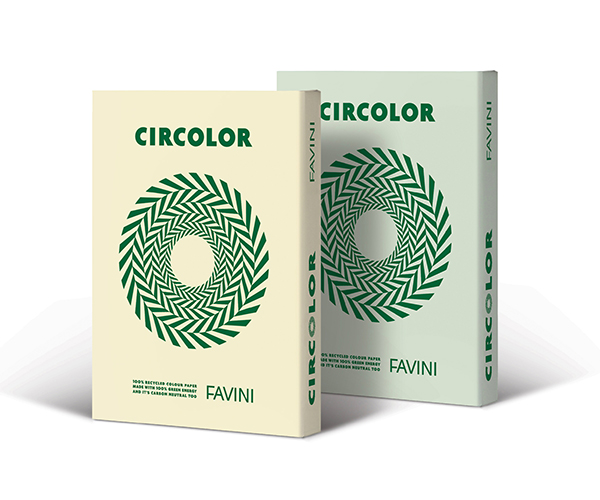
In 1736 the Serenissima Republic of Venice granted authorisation to transform a mill located in Rossano Veneto into a paper production factory and this was later purchased by the Favini family in 1906. In 1982 the paper mill expanded and the division which is dedicated to office, school and creativity was formed.
1992 was a turning point for the Favini paper mill which launched it on a path of sustainability: Alga Carta was introduced into the market. In the 90s, at the request of the Venice Water Authority, Favini invented a method to re-use the seaweed that was overrunning the lagoon.
Thanks to a special production process patented by Favini, the seaweed is dried, micronized and added to the pulp, so giving life to Alga Carta. It was the first step towards a circular economy approach.
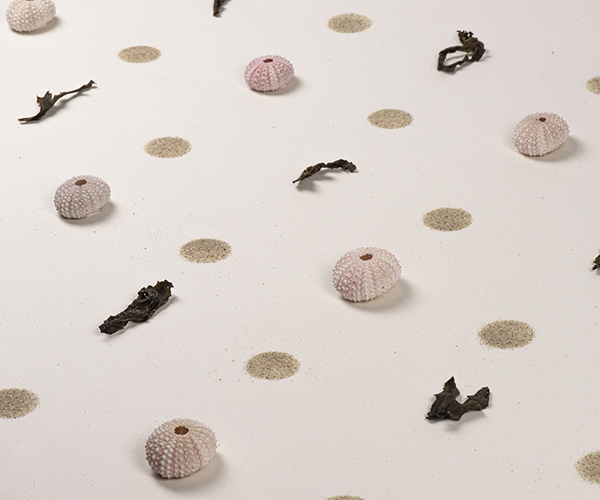
In 1998 the company doubled in size with the acquisition of the Crusinallo site, known for its production of Release and Cast Coated papers and in 2009 Favini was acquired by Orlando Italy Fund which repositioned the company in the area of sustainable packaging and in the sectors of fashion and design. A new corporate identity was also launched: Favini presented itself to the market with a new logo and a new simple and essential corporate image, to underline the new direction of the company.
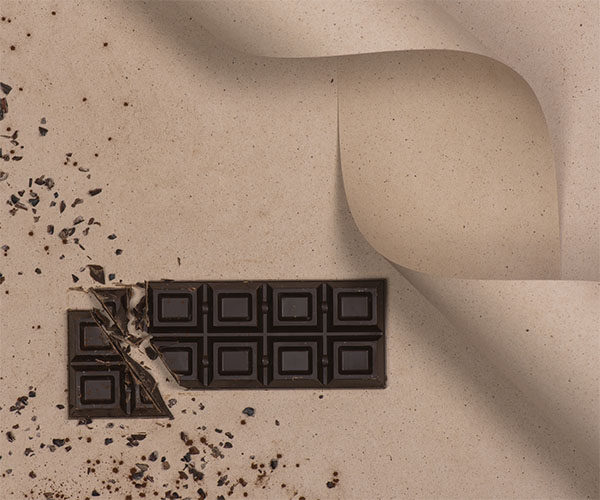
Continuing the sustainable path which it started in the 90s, Favini launched in 2012 the Crush range. After Alga Carta and a series of market studies and tests in the R&D laboratory, the innovative range of ecological papers is created: the by-products from the agro-industrial processing of corn, citrus fruits, kiwi, olive, almond, hazelnut, coffee, lavender, cherry, cocoa, coconut, grapes are used to replace up to 15% of tree cellulose.
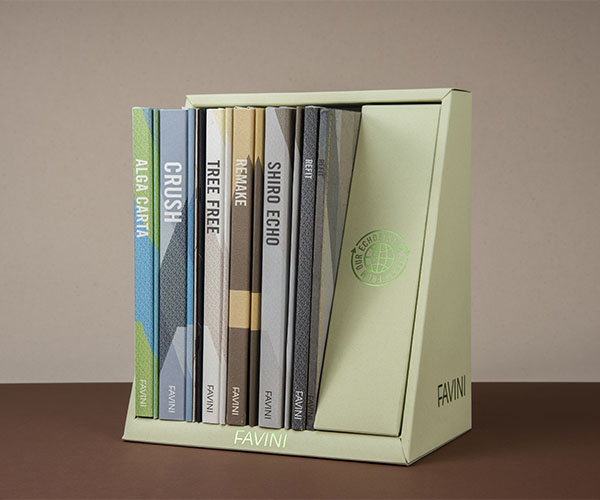
After Crush, Favini continued its research until arriving in 2021 at Paper from our Echosystem, the collection that contains the most ecological papers in the market. Alga Carta, Crush, Refit, Remake, Shiro Echo and Tree Free are the brands that form it and respect all the principles of sustainability.
The story of paper and the story of Favini began many years ago. Our identity has been built by focusing on the creation of innovative and sustainable papers. Stay up to date on our important milestones and our goals in the section of our website dedicated to history!


